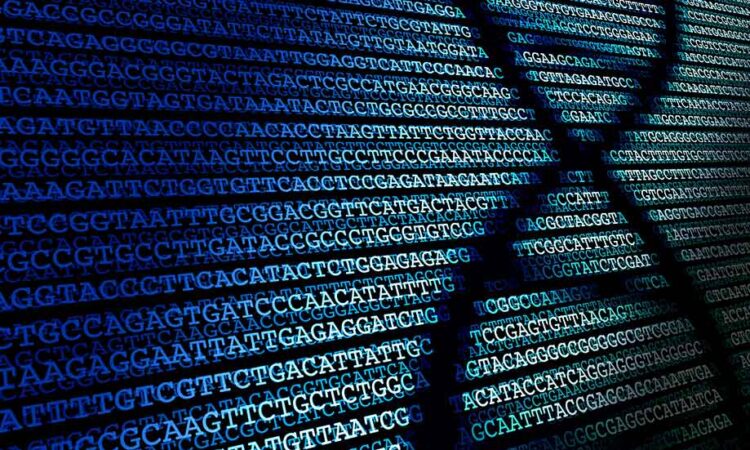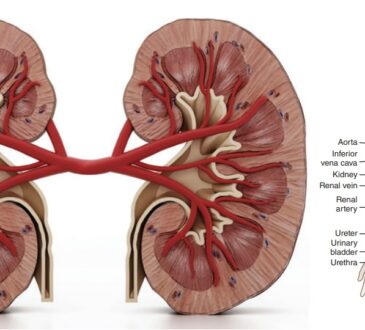
Since the Covid-19 pandemic, researchers continue to worry about novel variants like Omicron and how they will affect public health. Next generation sequencing (NGS) offers an effective way to track new strains of SARS-CoV-2. Sequencing the genetic code of these viruses may be the best way to track mutations and prevent their spread.
What is SARS-CoV-2?
SARS-CoV-2 stands for severe acute respiratory syndrome coronavirus 2 and is the pathogen that causes Covid-19. It first appeared in China in 2019 and rapidly spread across the globe, killing millions. SARS-CoV-2 is just one strain of these species of virus. The world saw another in 2002 when SARS-CoV-1 broke out in many countries.
Part of the challenge that comes with controlling SARS-type viruses is their broad symptoms. They can affect different people in different ways. For example, many who contracted Covid-19 had a bad cold, while others ended up on ventilators and eventually died.
That makes accurate testing critical. Unfortunately, current PCR testing isn’t adequate. It simply tells you a virus is there. It doesn’t break down the genetic code, identifying the exact version of the pathogen or how the patient’s body is fighting it. Next-generation sequencing expands on the information to give researchers valuable data.
What is NGS?
Next generation sequencing helps scientists determine the sequence of the RNA or DNA. This helps them understand the genetic variation of each virus. The risks associated with Covid-19 focus on the variances. Viruses, like all living organisms, adapt to improve their odds of surviving as a species. That means a vaccination might not be effective against the next variance because the genetic codes change with each mutation.
Mutations are the viruses’ way of adapting so they can survive. By definition, that means the current interventions might not be as effective with each change and, at some point, will stop working altogether.
NGS allows researchers to identify one mutation from the next and understand how the genetic changes may affect the pathogen’s potency and how protective measures may work against it.
To help scientists meet these goals, there are two methods of DNA sequencing for SARS-CoV-2: Shotgun metagenomics and target enrichment.
What is Shotgun Metagenomics?
Shotgun metagenomics is a way to identify and genotype all the microbial communities in the sample without knowing what pathogens are present. The shotgun approach can detect if patients have other types of infections. That might help influence future treatment decisions and forecast patient outcomes.
It might also be the key to allowing researchers to understand better the mutations of SARS-CoV-2 and how to monitor their spread. That is critical when developing treatments and tests.
What Is Target Enrichment Workflow?
Target enrichment workflow is a different form of sequencing. It detects certain strains of microbes as either there or not. It doesn’t create a list of the microbes in the sample. It only looks for the targeted DNA.
This approach is better if you are looking for something specific. Unlike Shotgun metagenomics, it won’t tell you every microbe in a sample, so you won’t be able to know if a patient has other infections.
These two workflows for next generation sequencing can be effective together to help researchers better understand how Covid-19 is mutating and whether current tests and treatments will work on new variations of the virus. For more information please visit Ziply Fiber Plans




